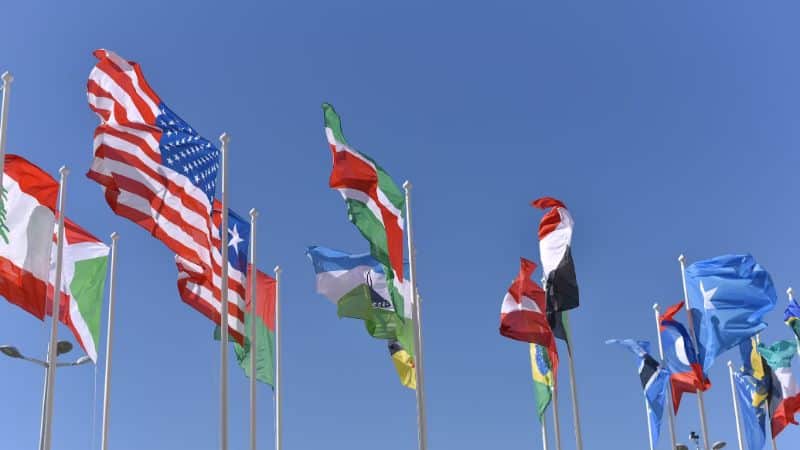
In today’s global marketplace, expanding your e-commerce business into new international markets is a must.
However, it’s crucial to ensure that your business website, products and listings, and marketing materials are translated accurately and localized for each target audience.
In this article, we will discuss seven essential tips for effective e-commerce translation and localization.
Before diving into the specific tips, it’s important to clarify the difference between translation and localization.
Translation refers to converting text from one language to another while retaining its original meaning.
Localization, on the other hand, goes beyond translation by adapting your content to the norms of the local culture, values highly regarded, and overall preferences of a specific target market.
Tips to take to heart
Research your target market
Properly understanding your target market is essential for successful e-commerce localization.
Familiarize yourself with the local customs, language nuances, and consumer behaviors to be able to create a tailored shopping experience.
You could even try different versions of an ad to see which ones the locals would respond to in a more profitable manner.
Translate all relevant content
Ensure that all content on your website, including product descriptions, shipping information, and customer service policies, is accurately translated.
This not only helps users navigate your site more efficiently but also builds trust and credibility with potential customers.
Use native speakers for translation
Always use native speakers for translating your content to ensure accurate translations and capture the nuances of the target language.
Professional translation services can help you find skilled linguists who understand your industry-specific terminology.
Optimize your website for local search engines
To increase visibility in new markets, optimize your website for local search engines such as Google China or Yandex Russia.
This includes using relevant keywords, meta tags, and URL structures, as well as registering your business on local directories and social media platforms.
Adapt your product images and icons
Make sure product images and icons are culturally appropriate for each target market. Avoid using symbols or images that may not translate well or could be offensive in certain cultures.
Localizing these elements will help create a more immersive shopping experience for users.
Localize your payment and shipping options
Offering localized payment and shipping options is essential for a seamless customer experience.
Research popular payment methods and shipping providers in each target market, and provide options that cater to their preferences.
Monitor and update your translations regularly
Keep your translations up-to-date by monitoring industry trends, consumer behaviors, and local language changes.
Regular updates will ensure that your content remains relevant and engaging for users in each target market.
Final notes
By diligently adhering to these seven vital recommendations for proficient e-commerce translation and localization, you’ll be taking substantial strides towards expanding your business into new international markets.
These strategies not only ensure that your website content is accurately translated but also skillfully adapted to suit the cultural norms, esteemed values, and consumer behaviors of each target market.
This approach will enable you to build trust with potential customers and create a shopping experience that feels tailor-made for them. Don’t skimp on finding a translation and localization service among native speakers of the language.
Getting it from local professionals in the area of your target market has the added bonus of ensuring that your localization partners are privy to what’s taking and what’s not in terms of marketing.
Such collaborations ensure that your website, products, and marketing materials are accurately translated and adapted to resonate with the unique cultural norms, values, and preferences of each target market.


